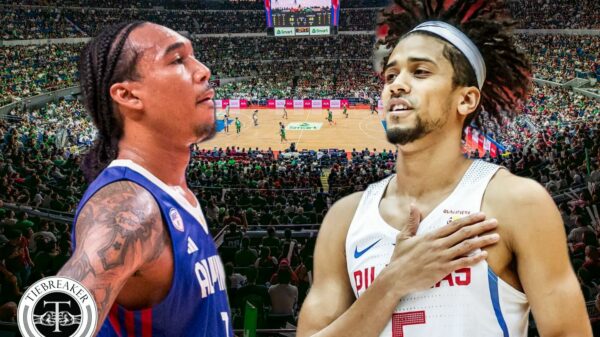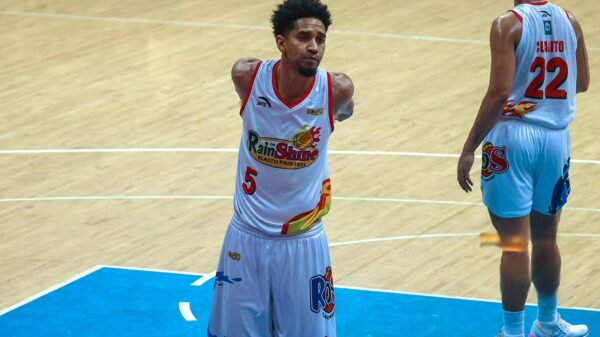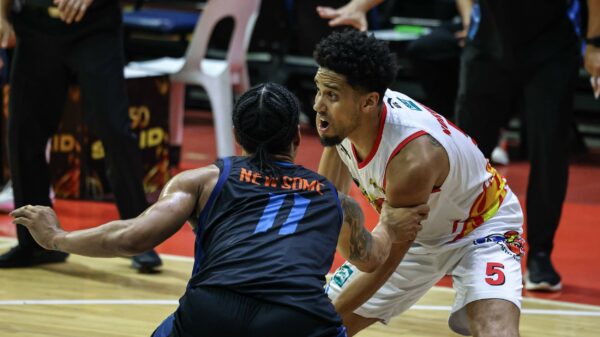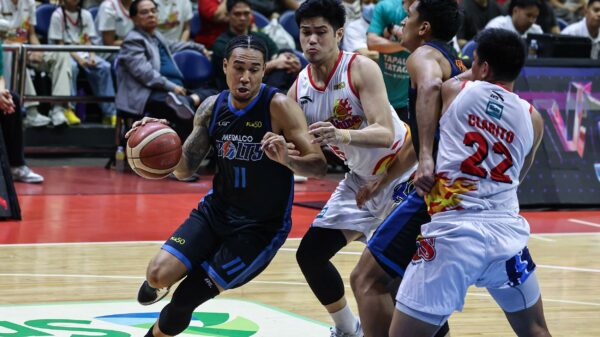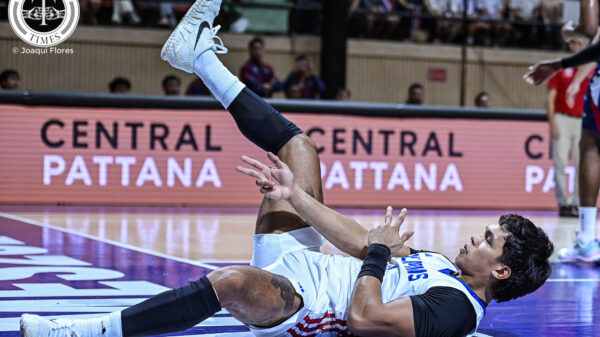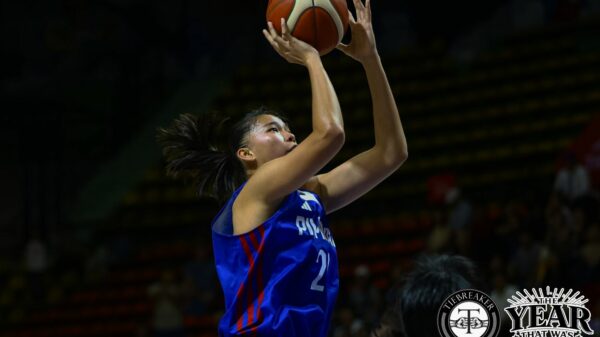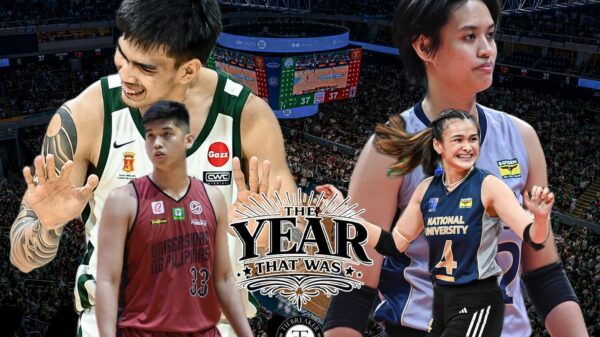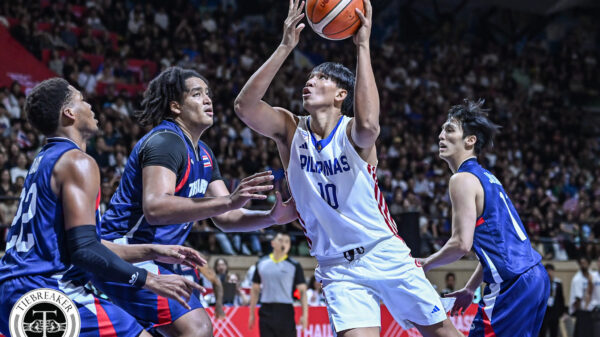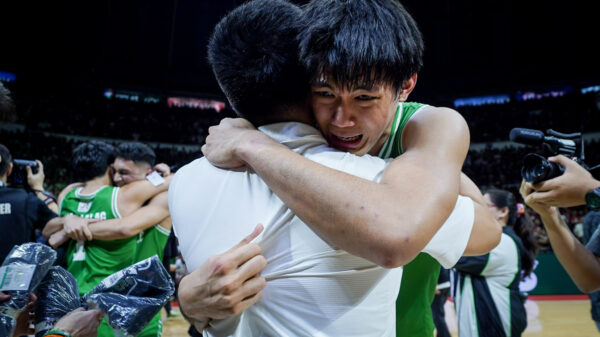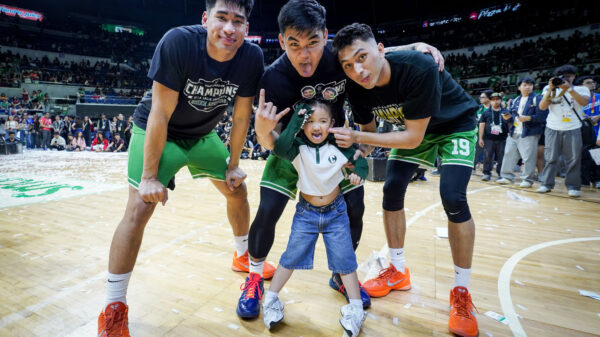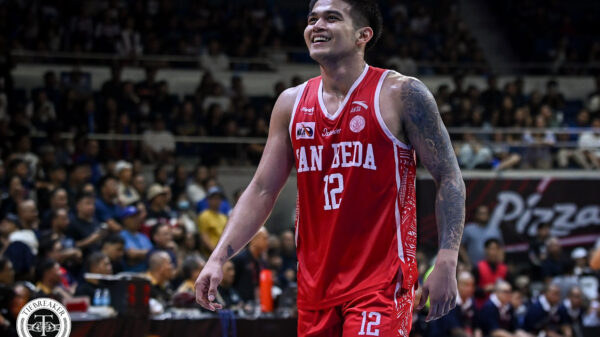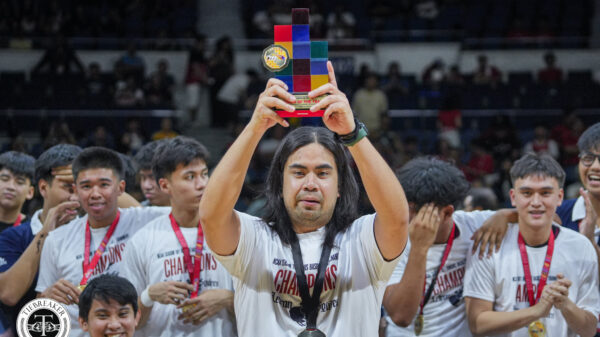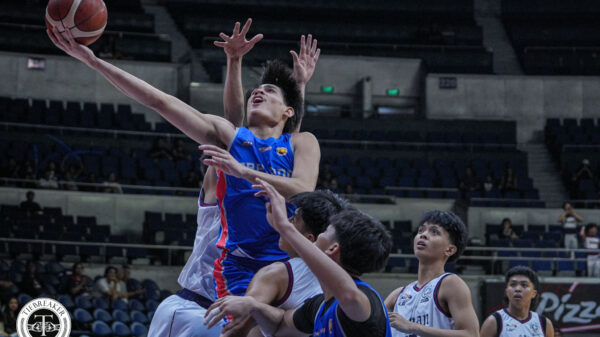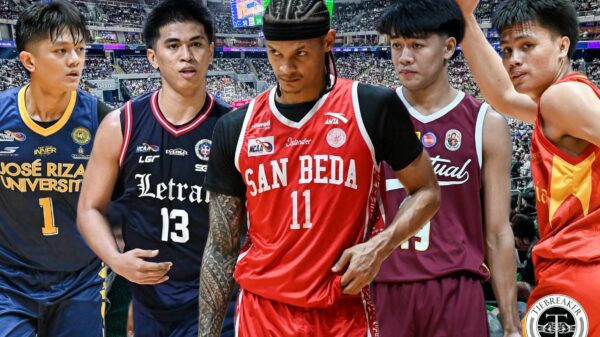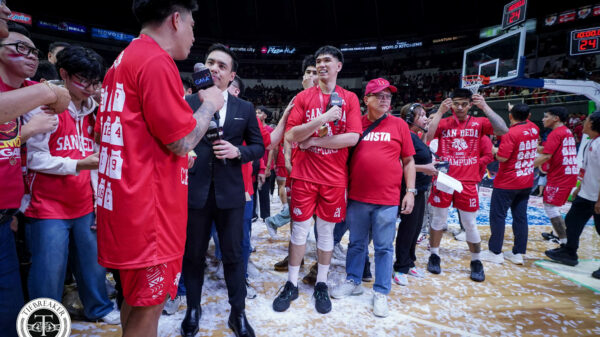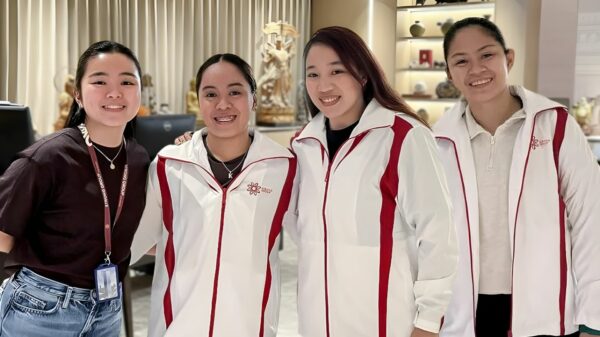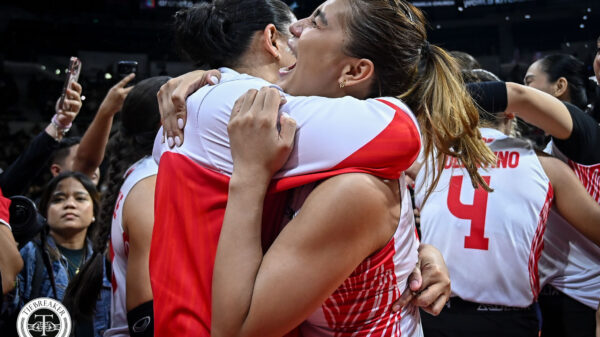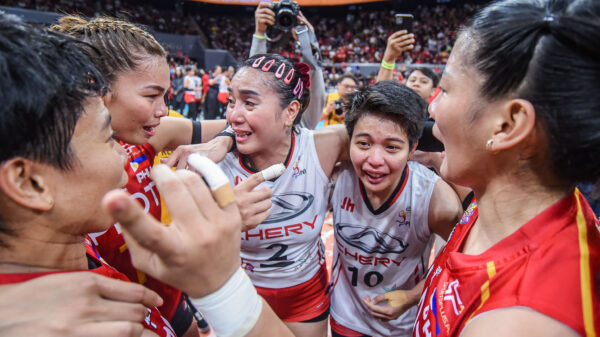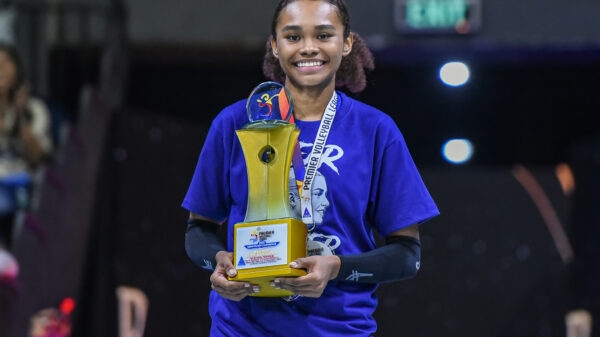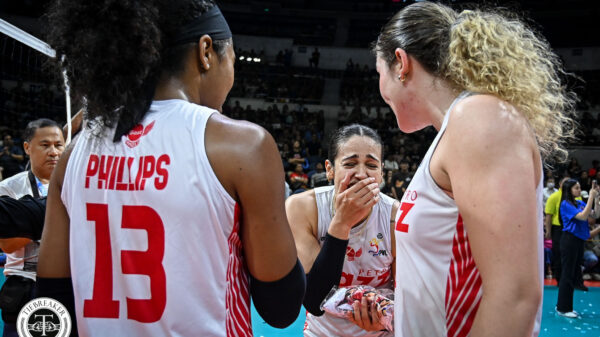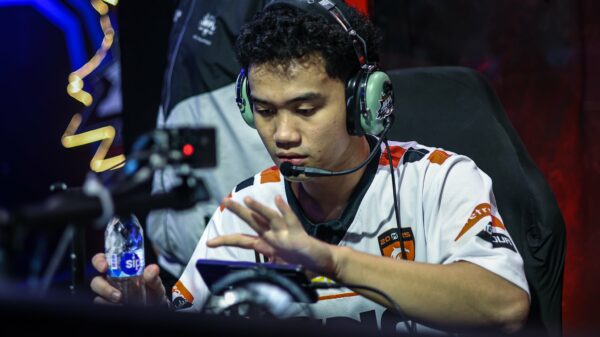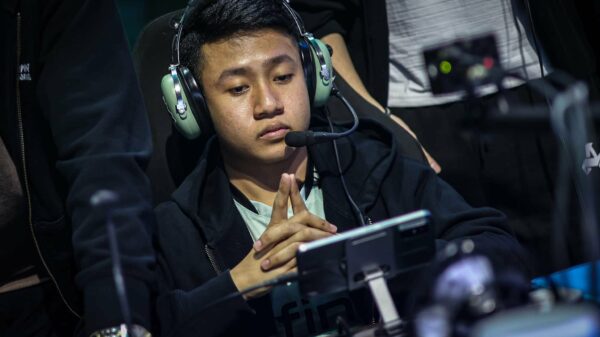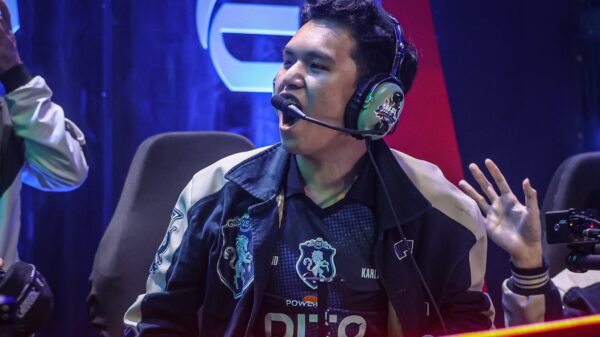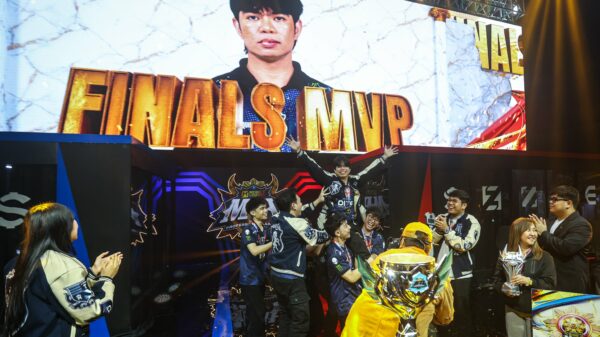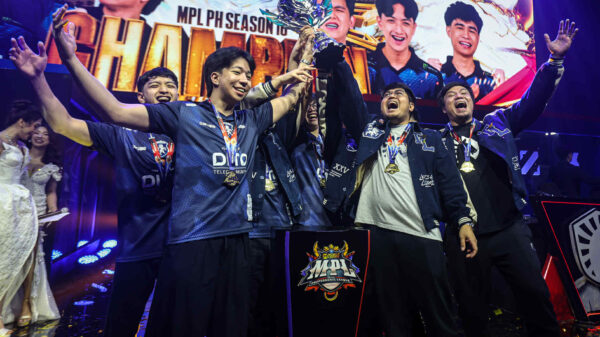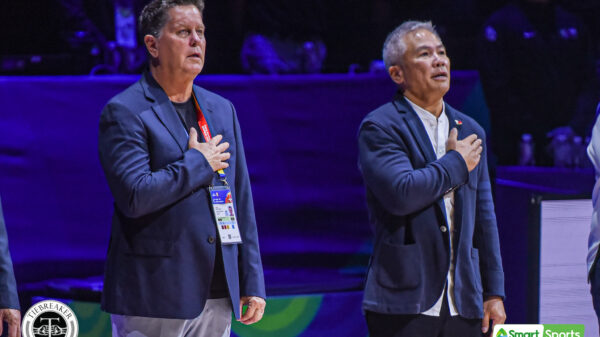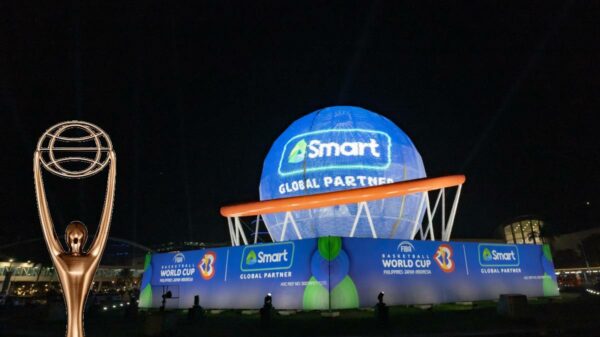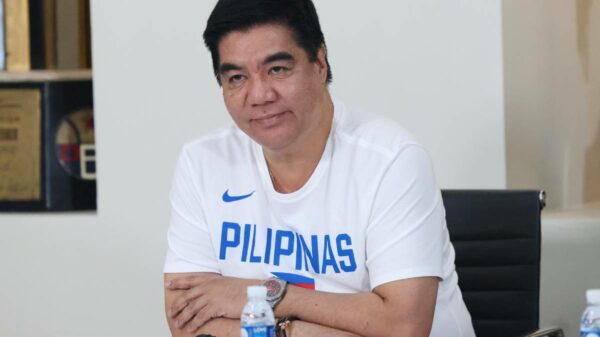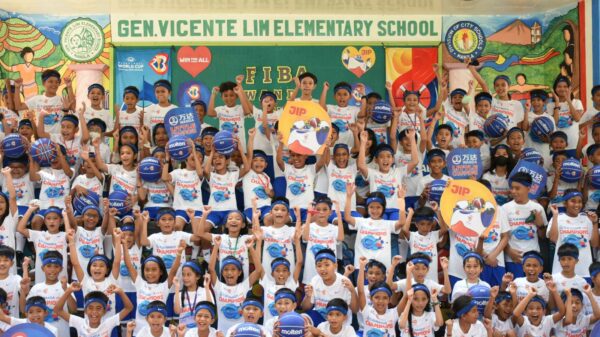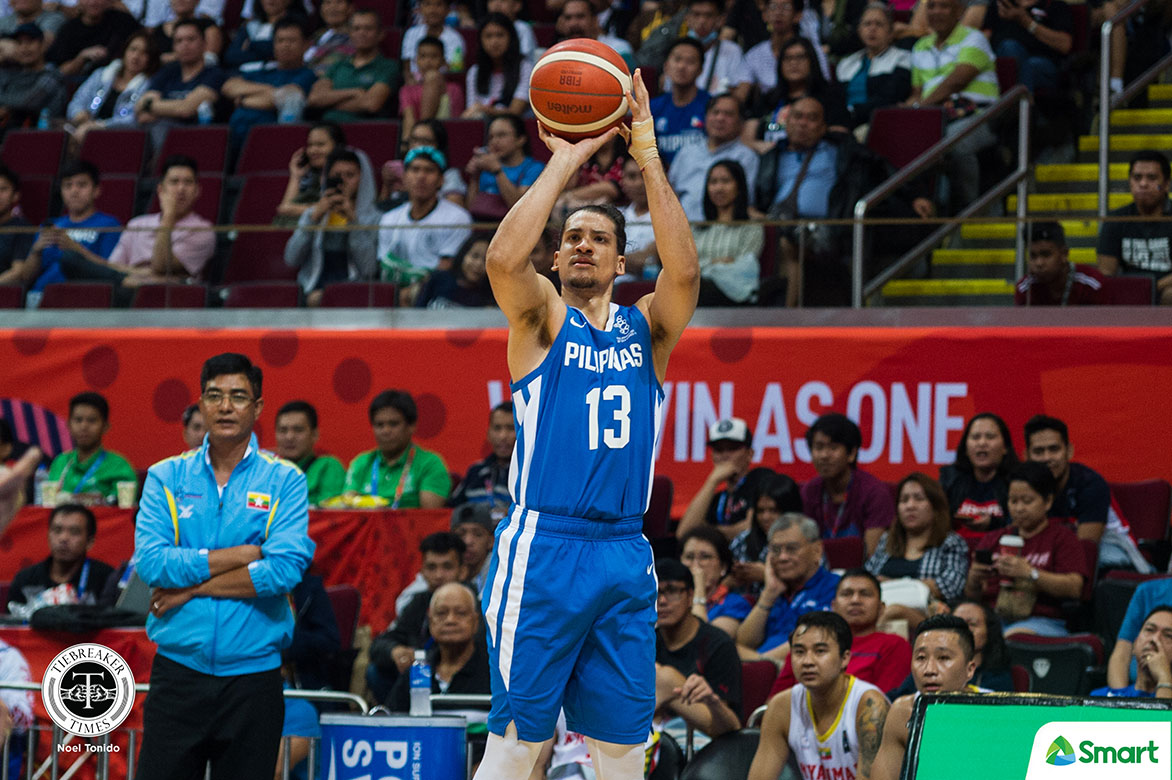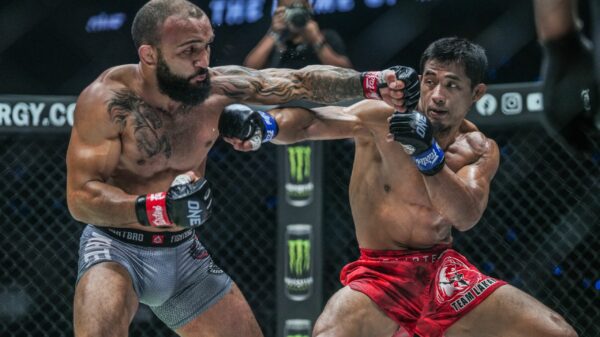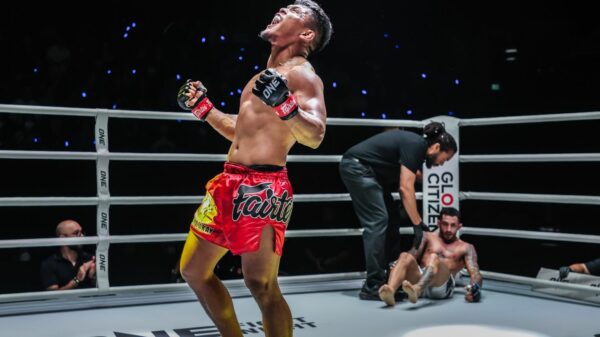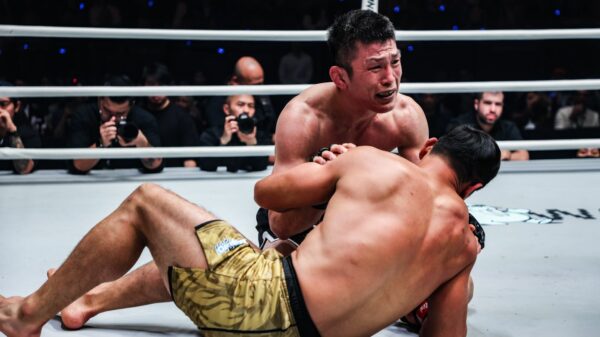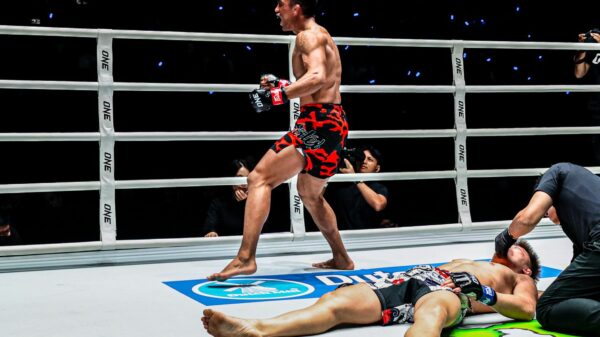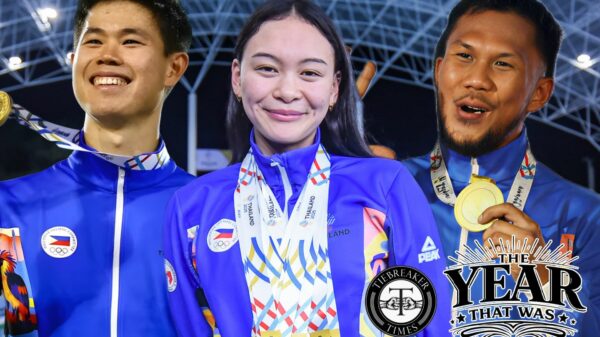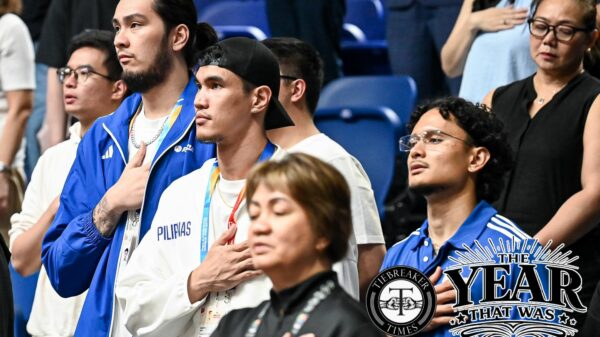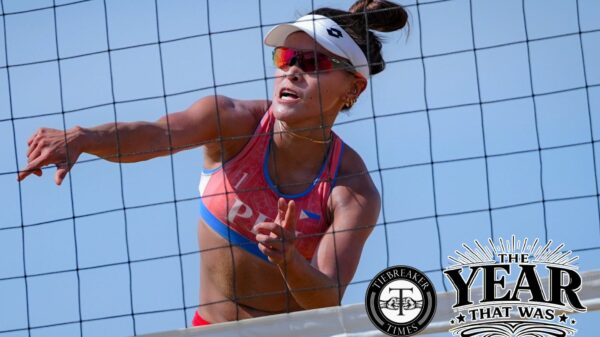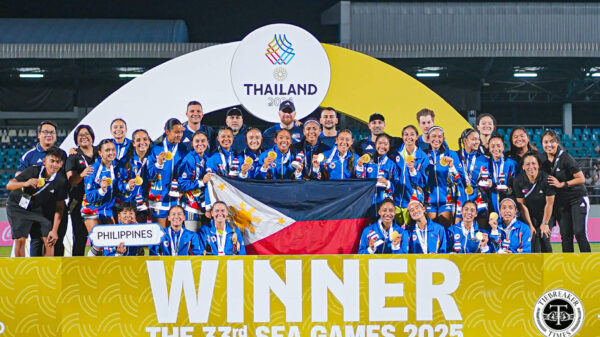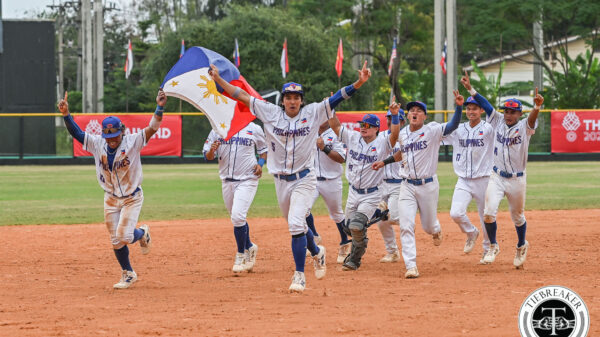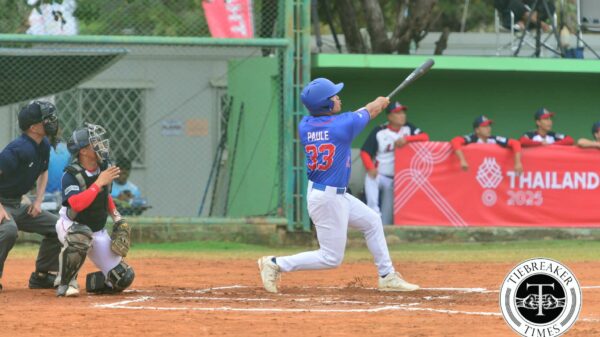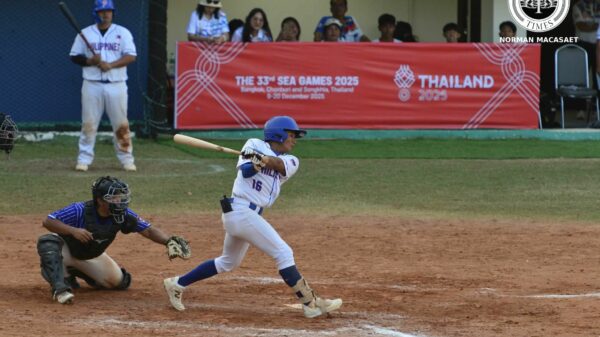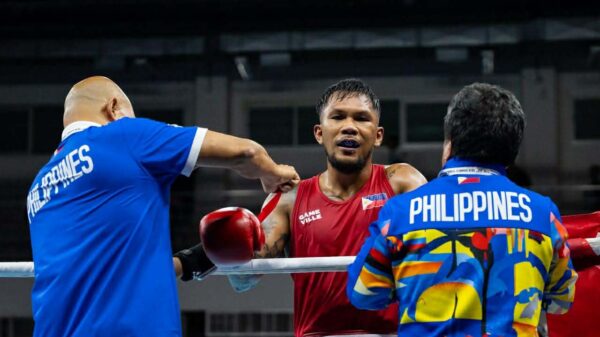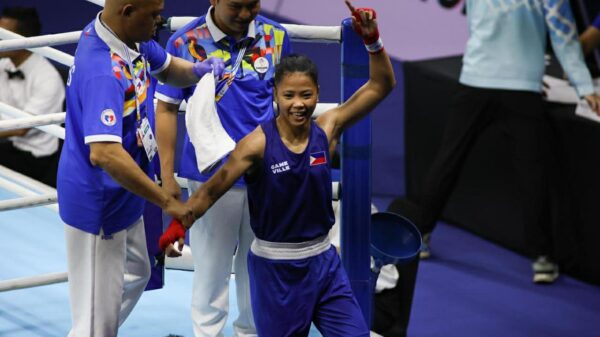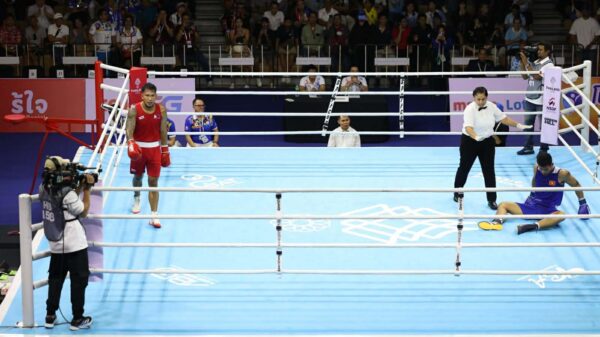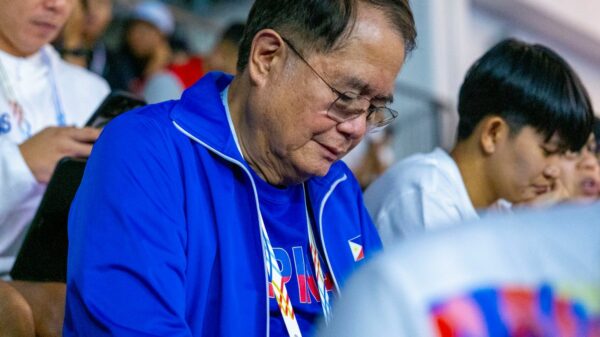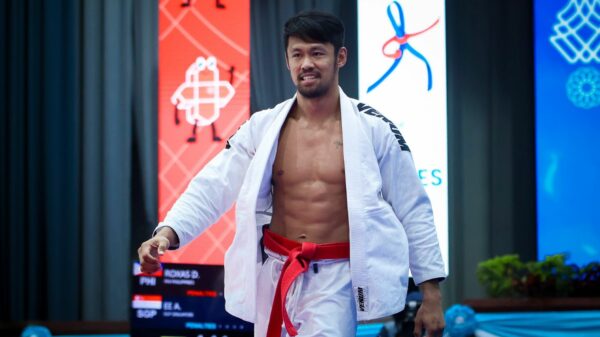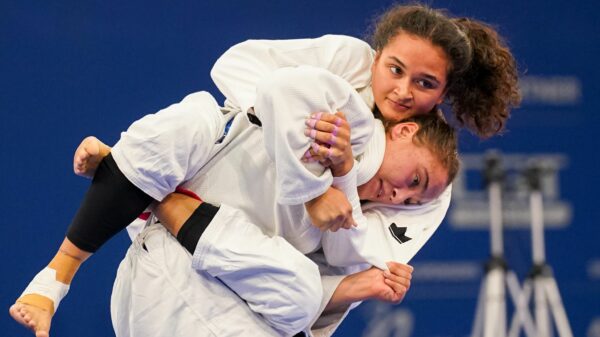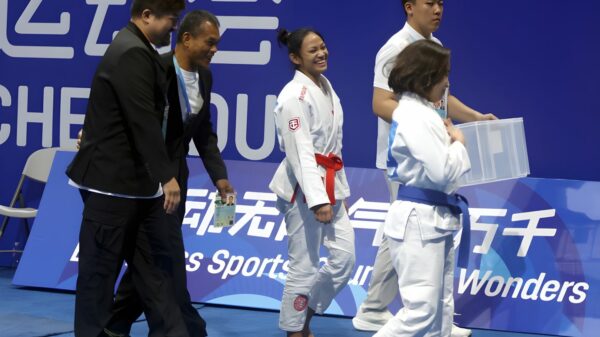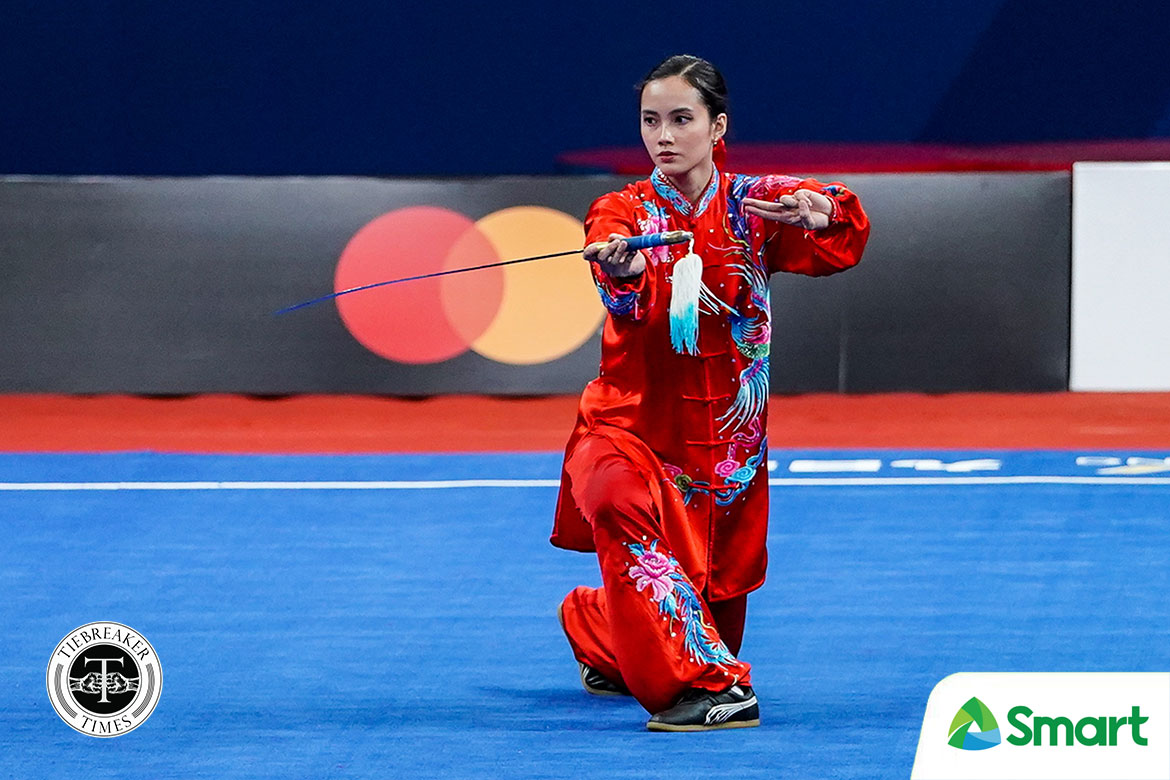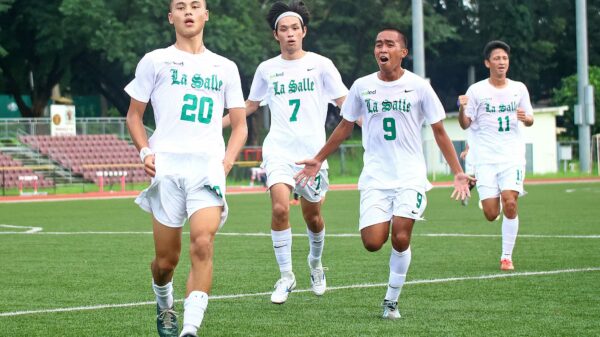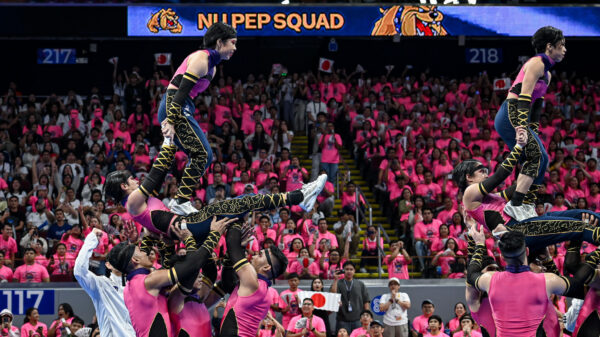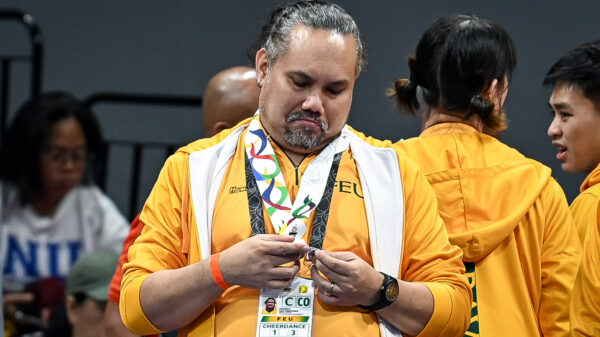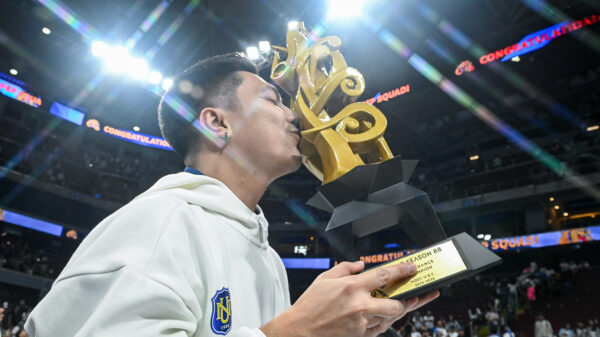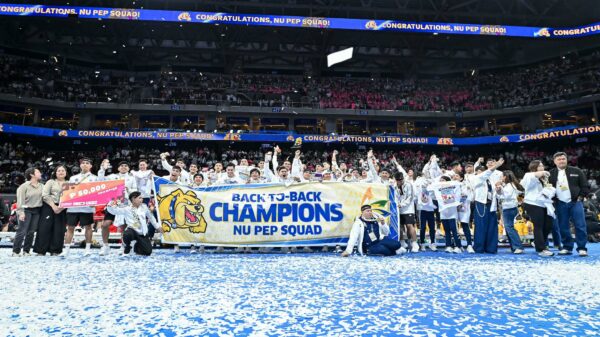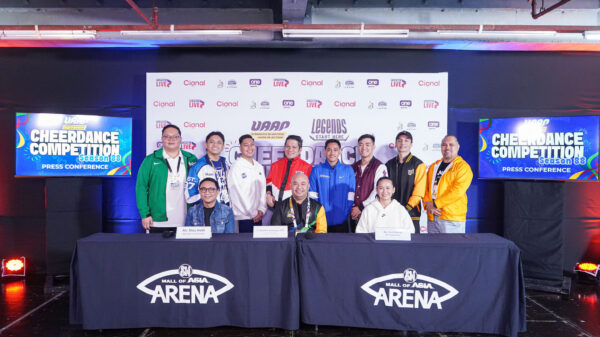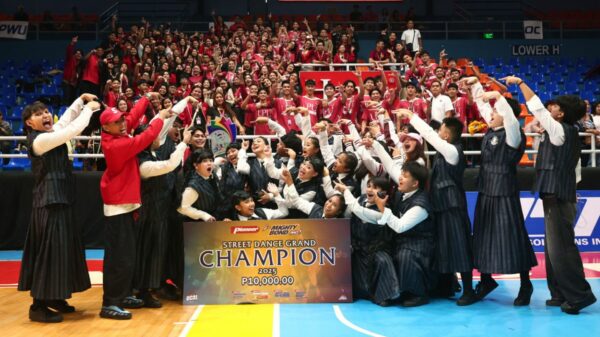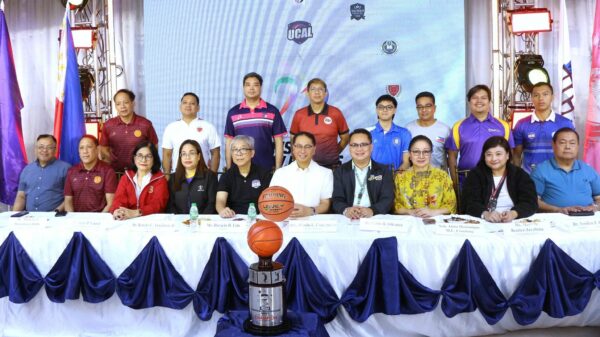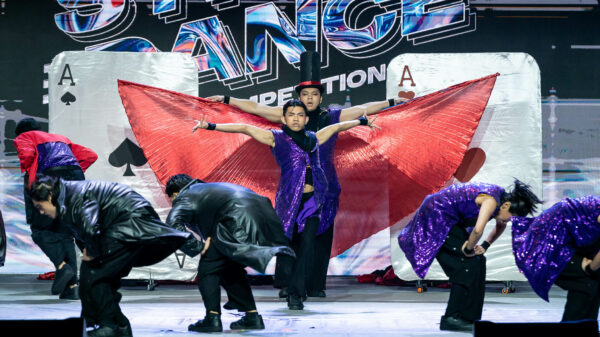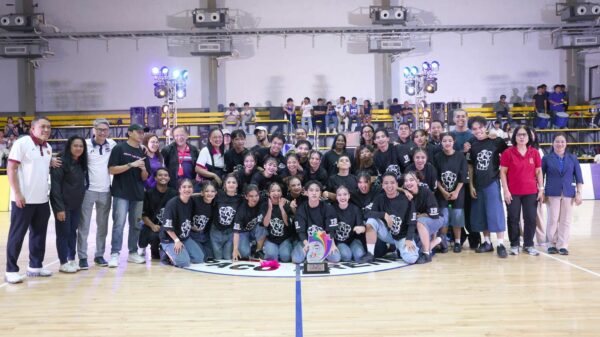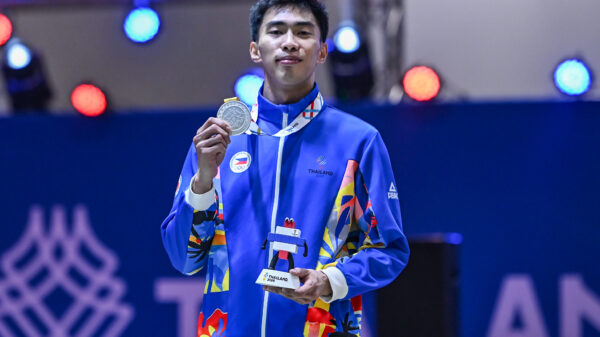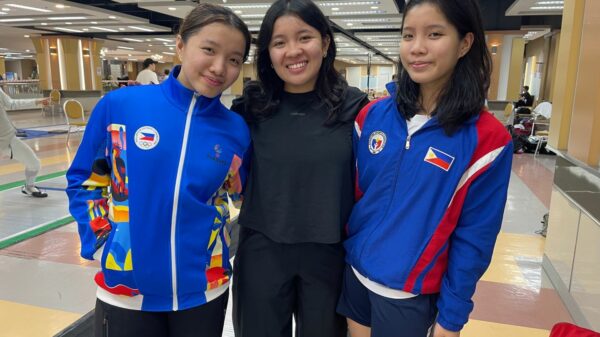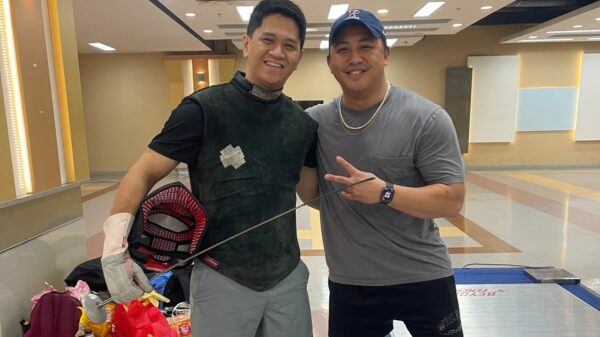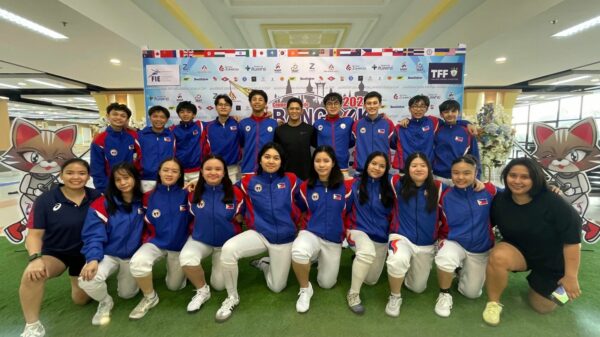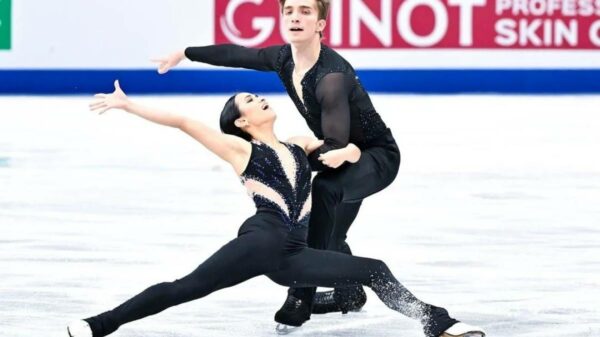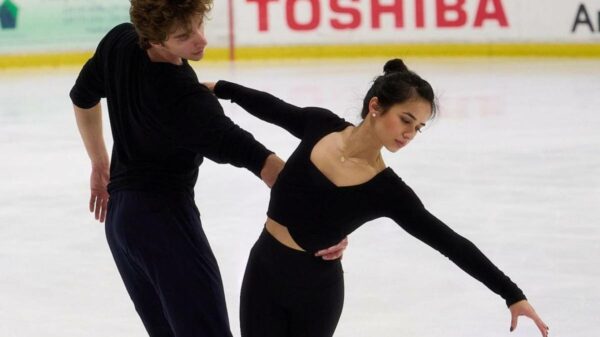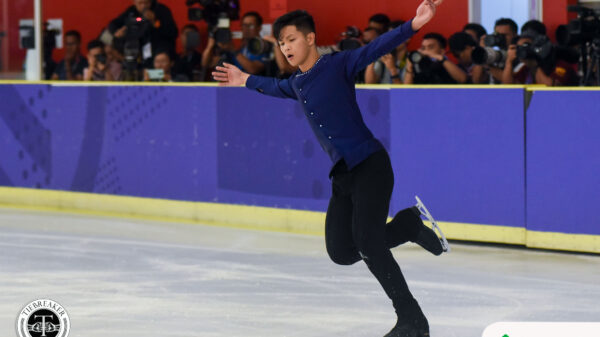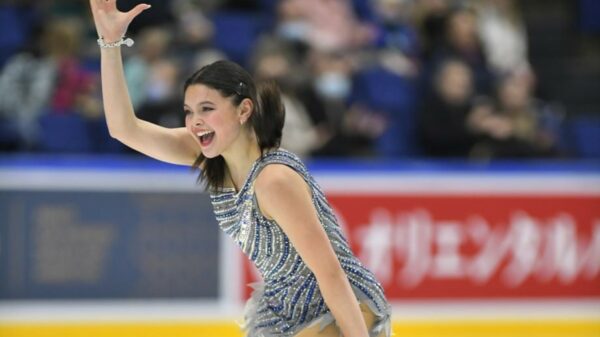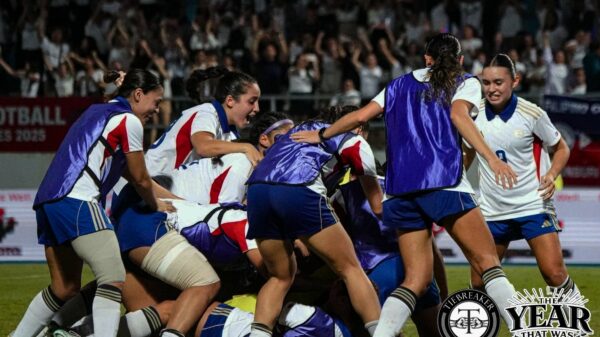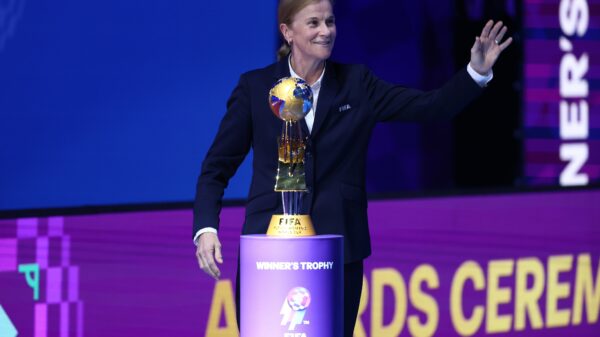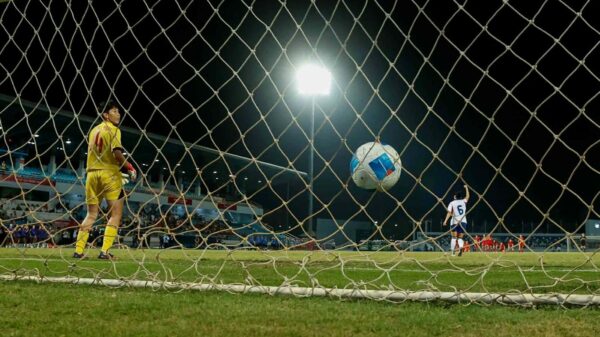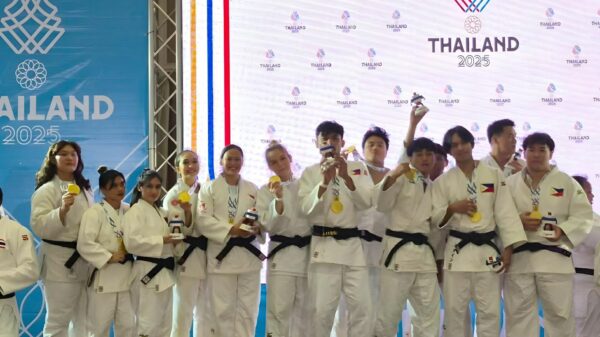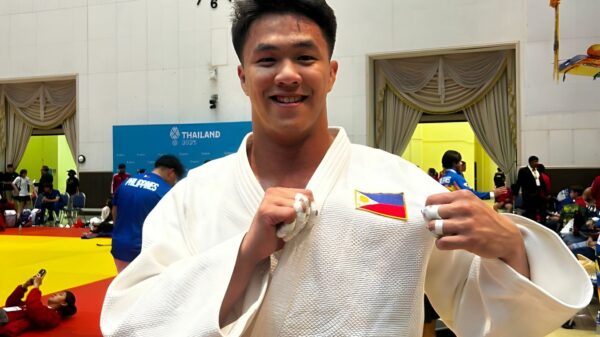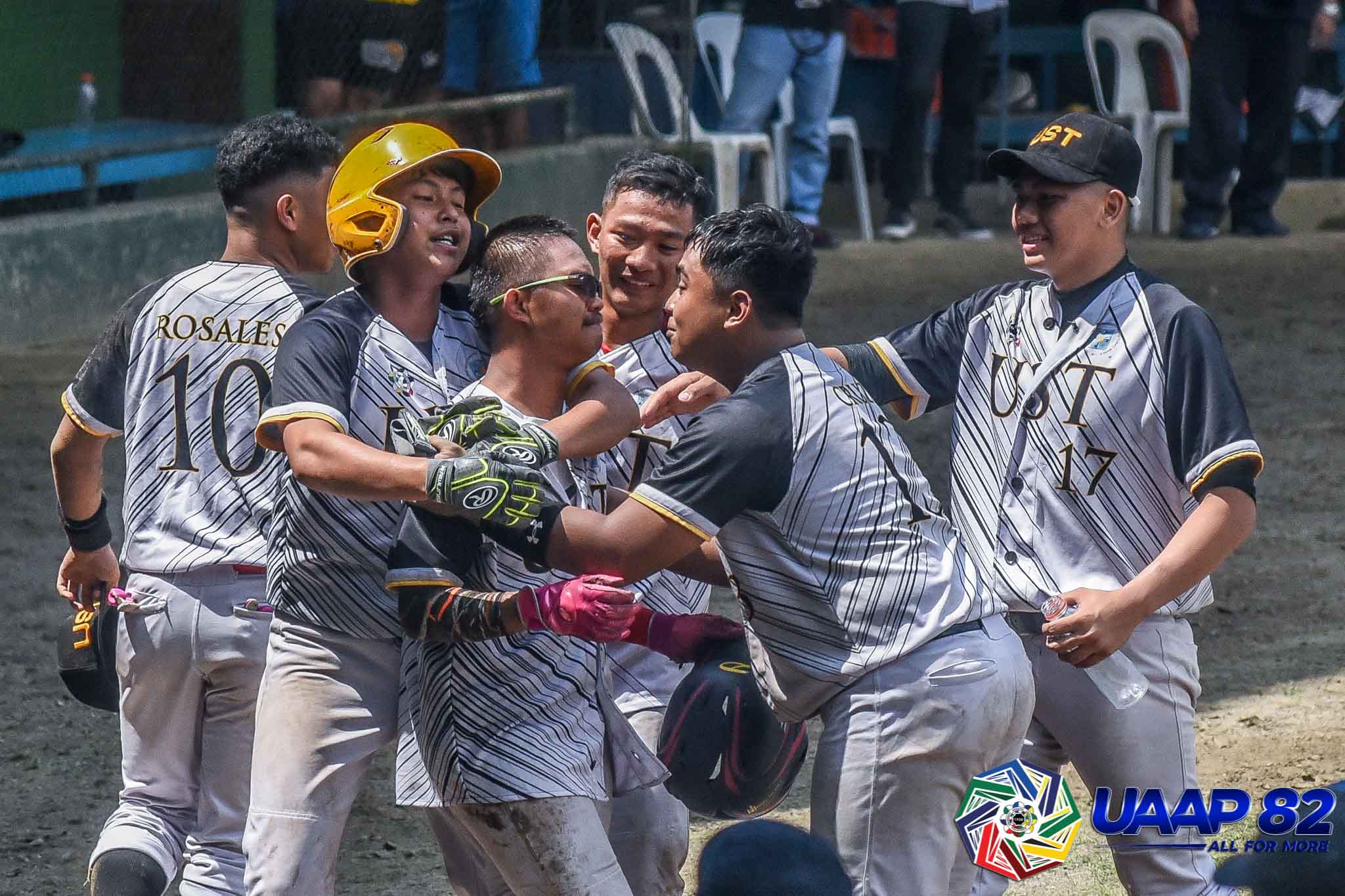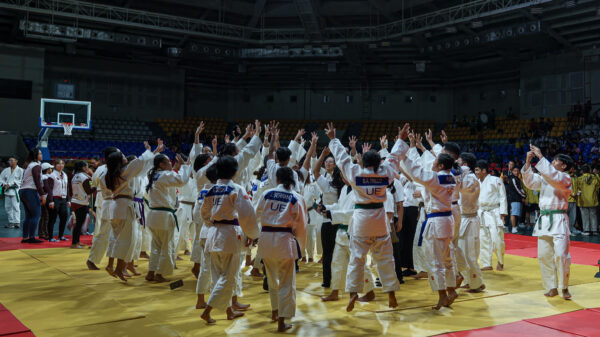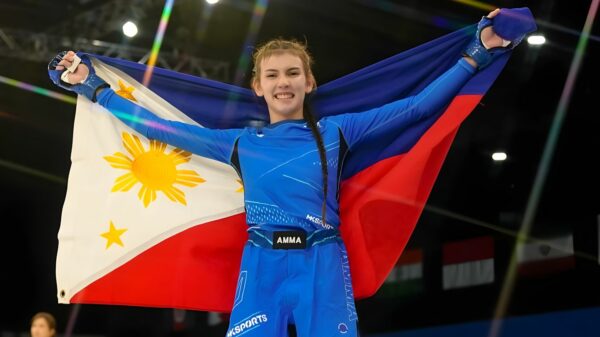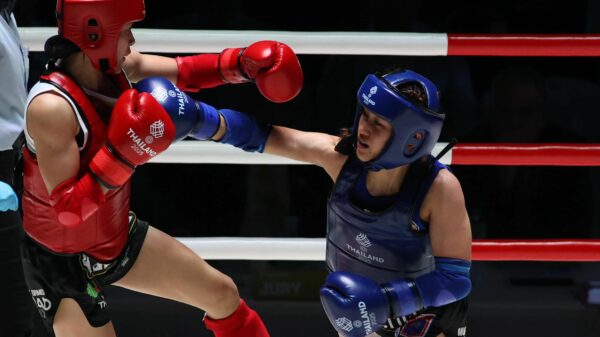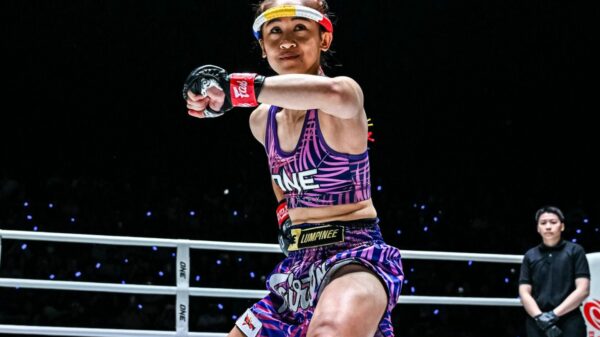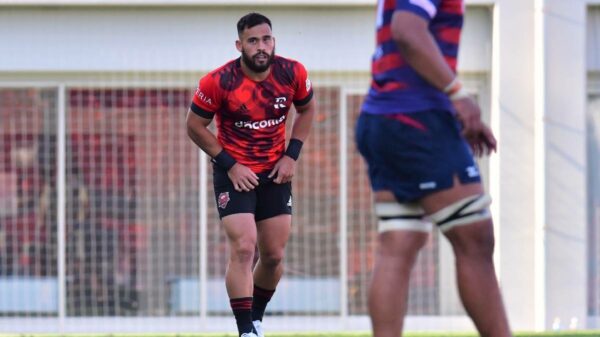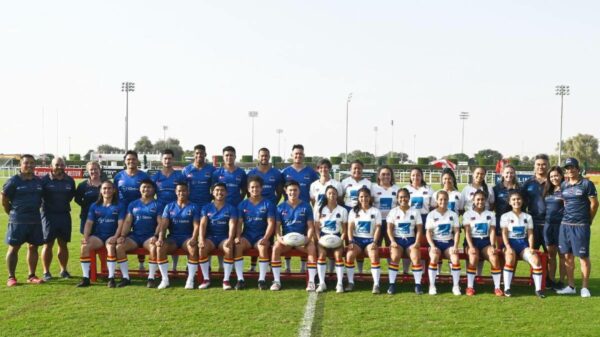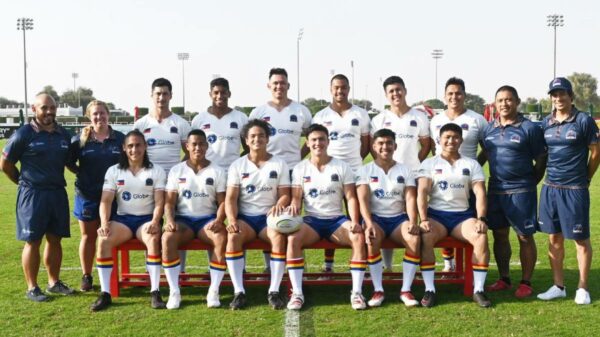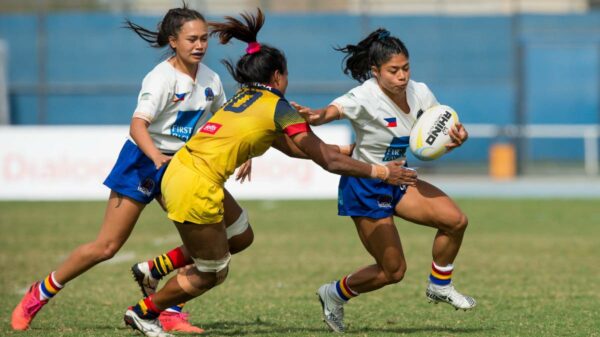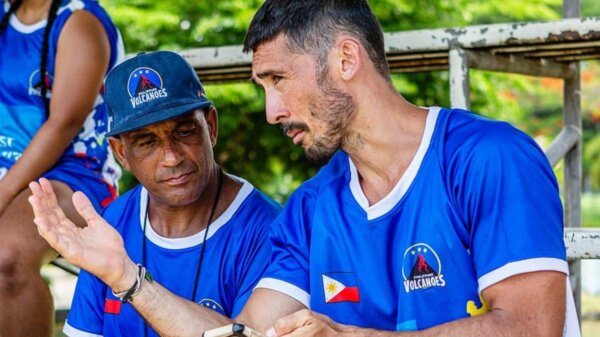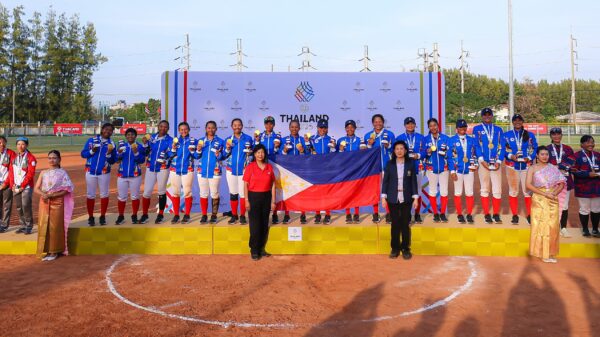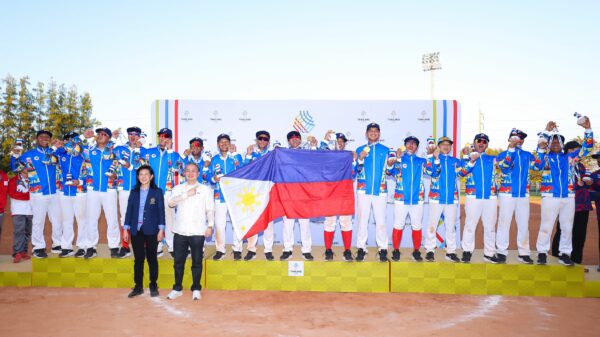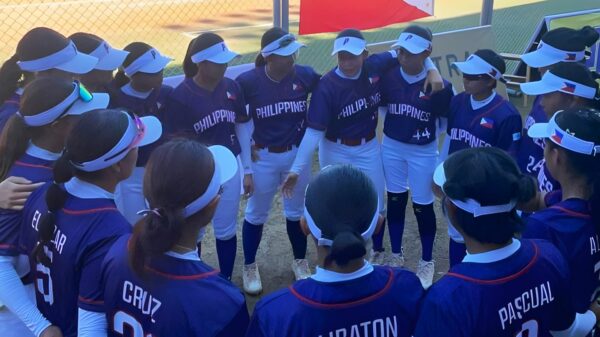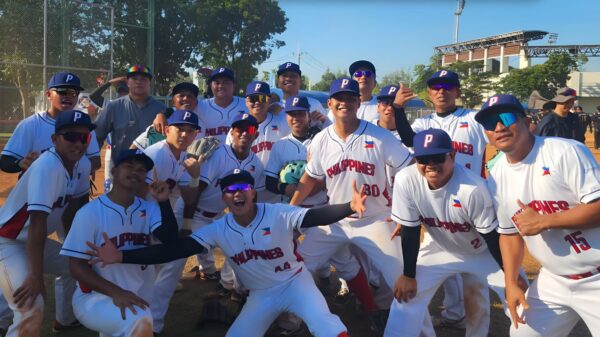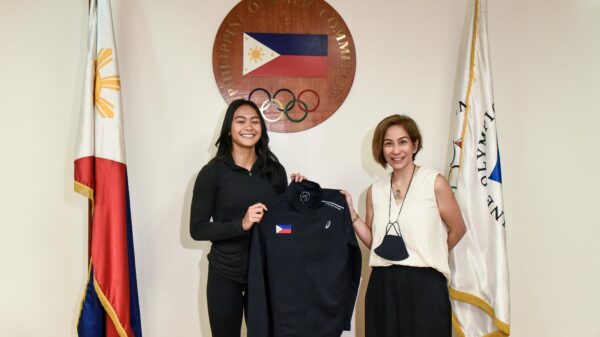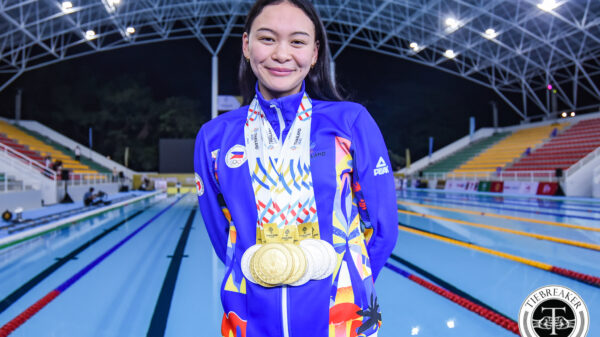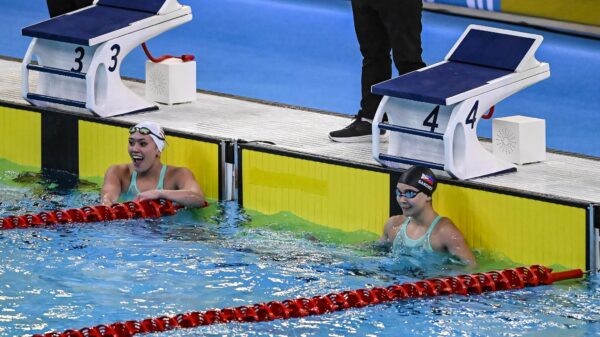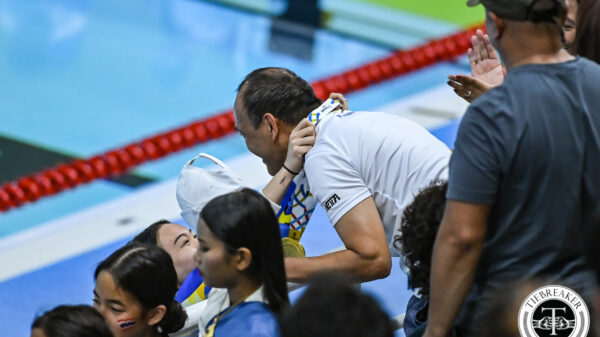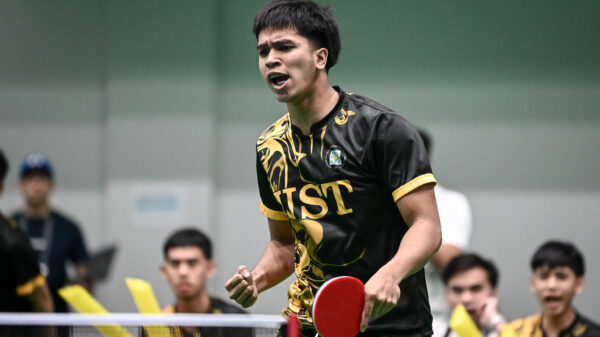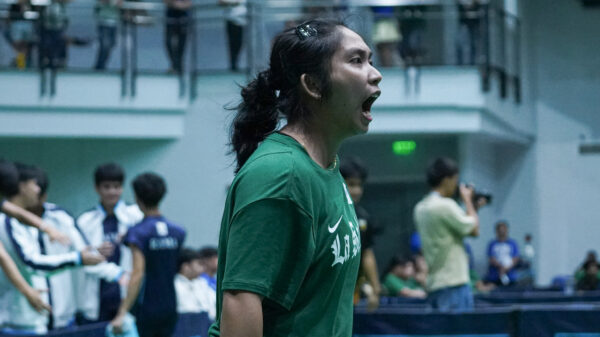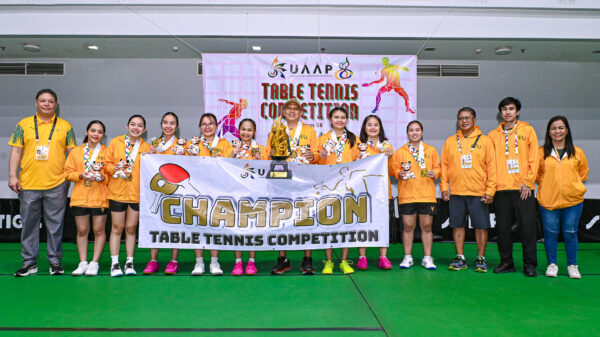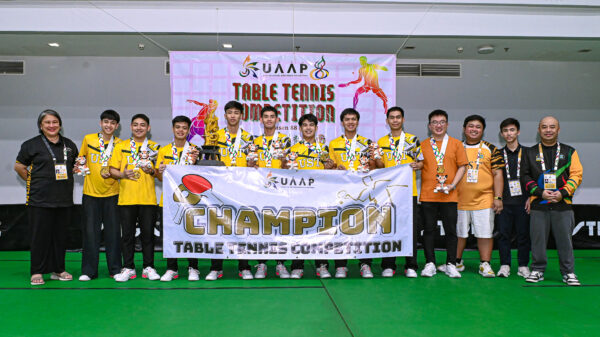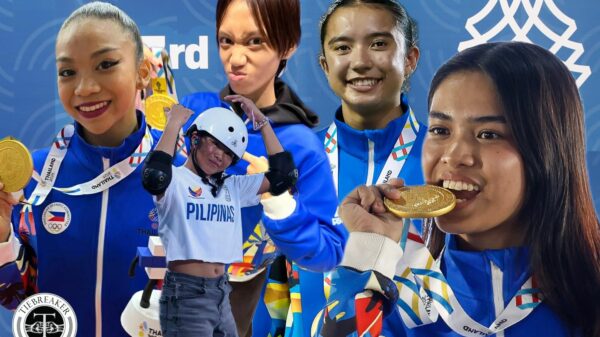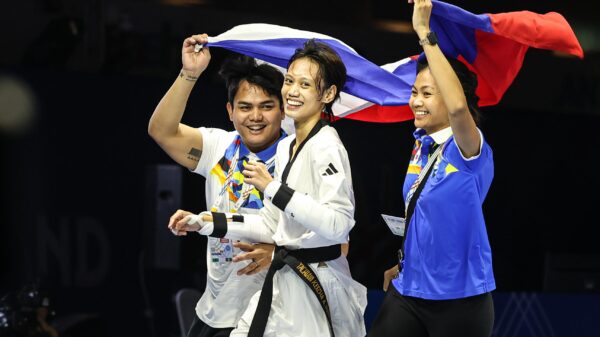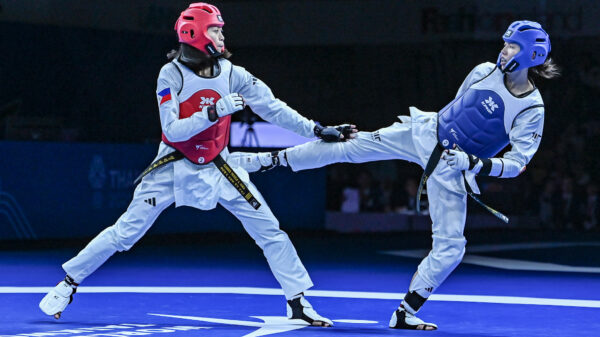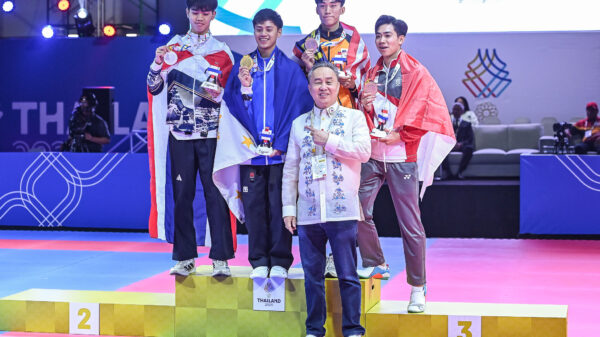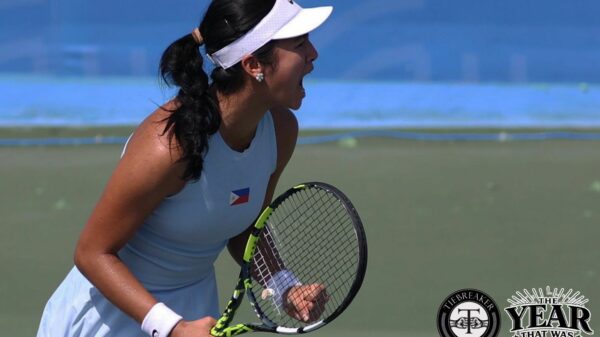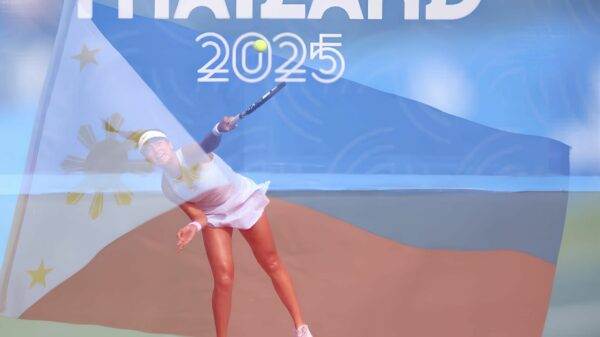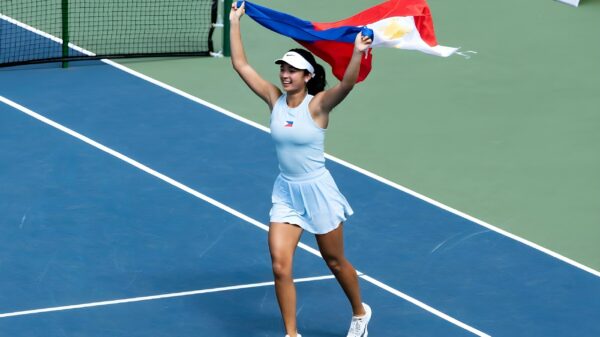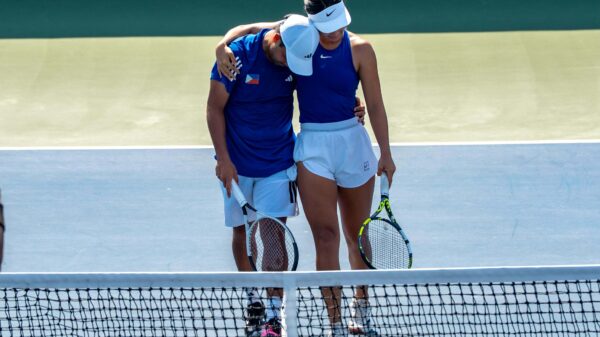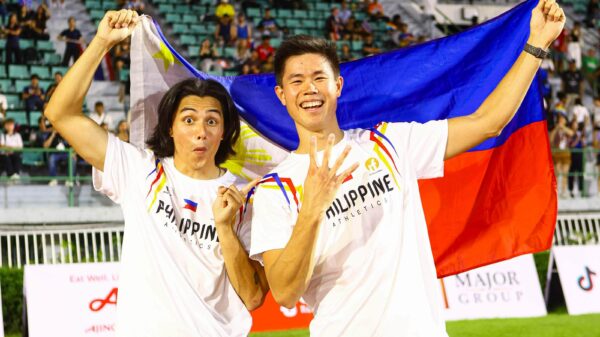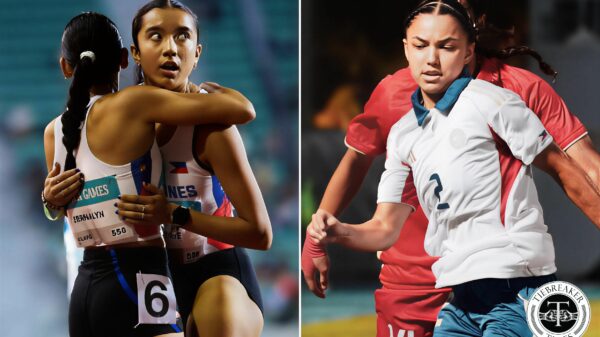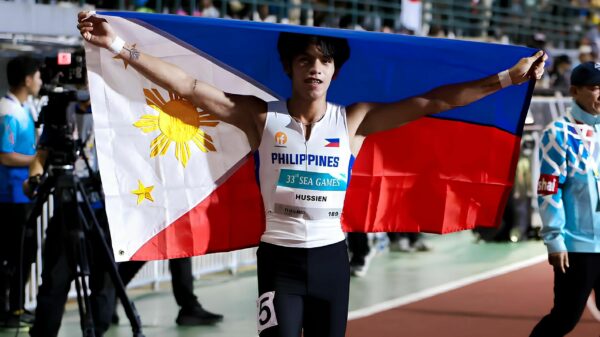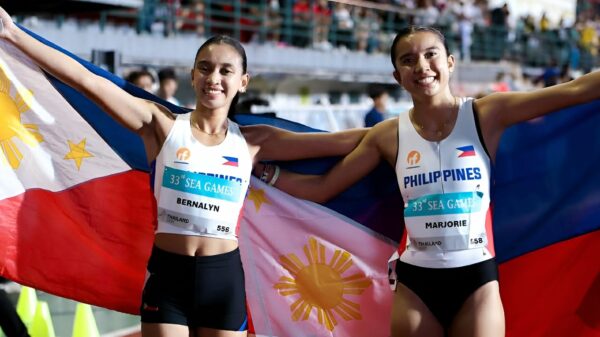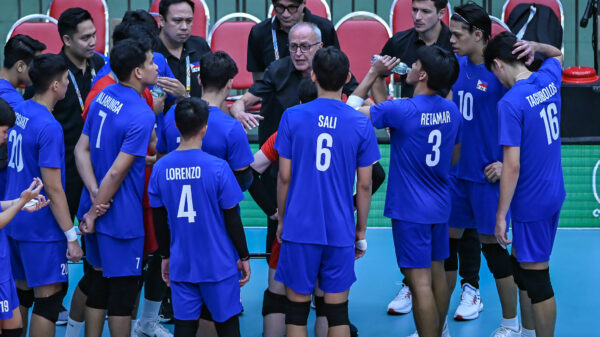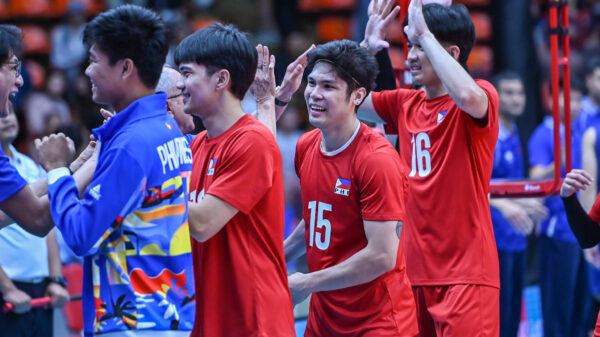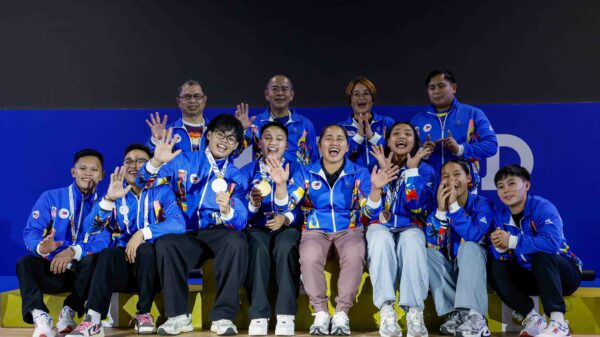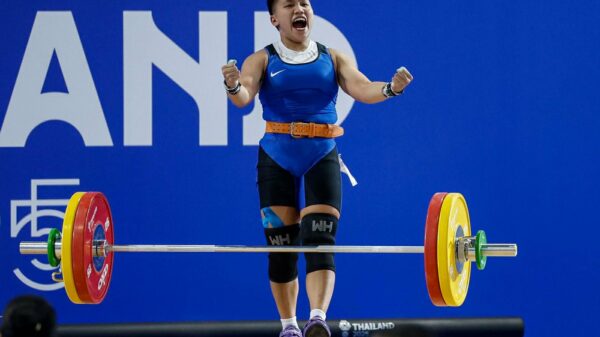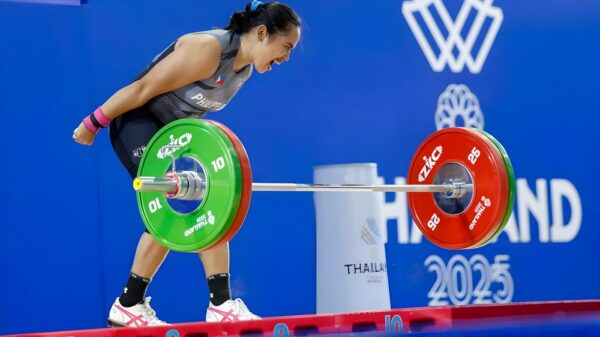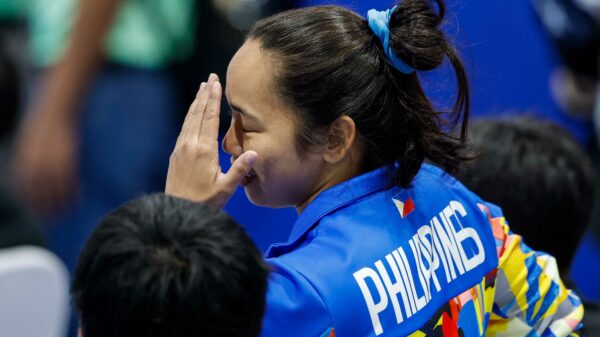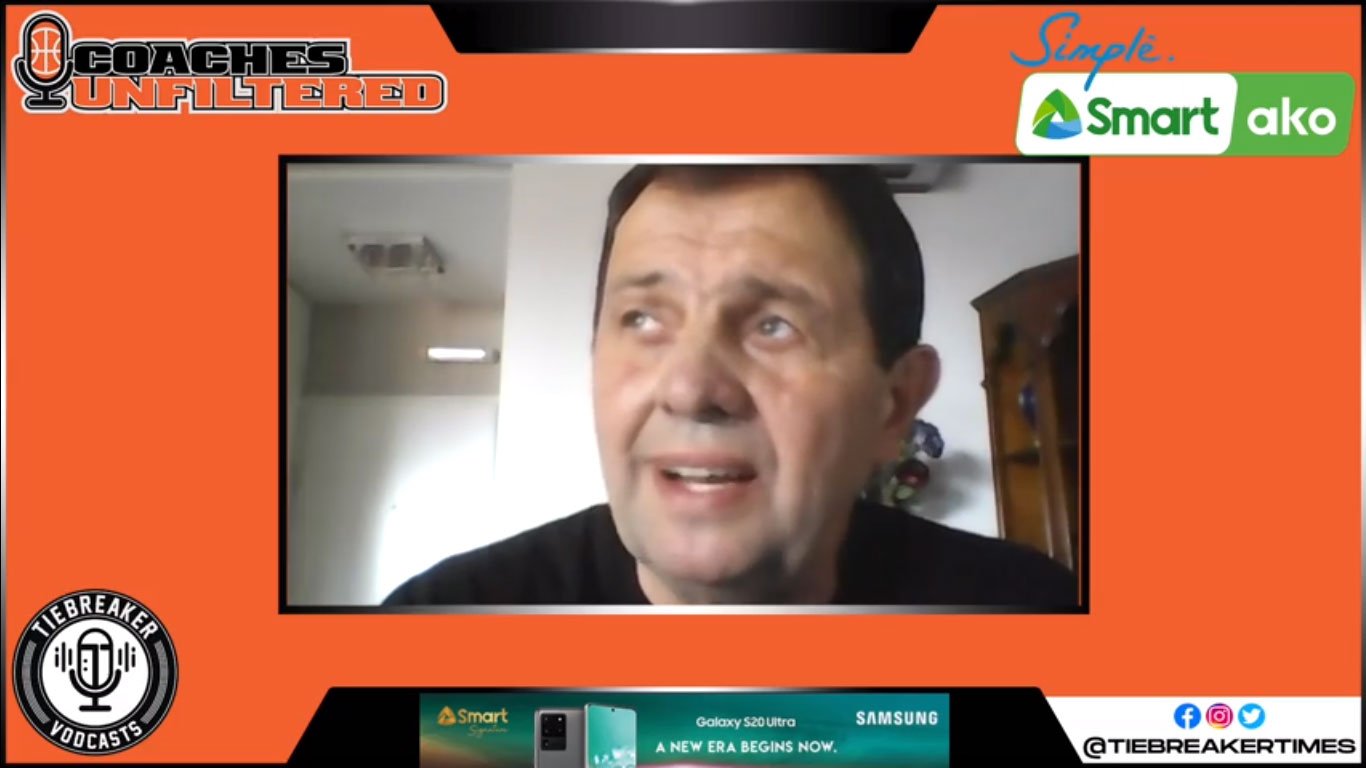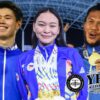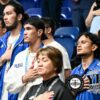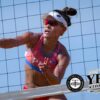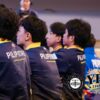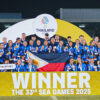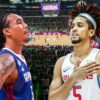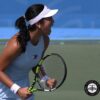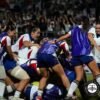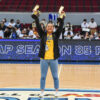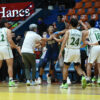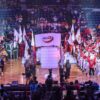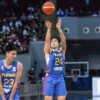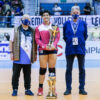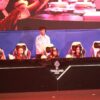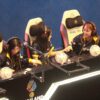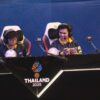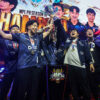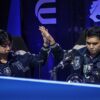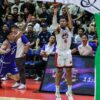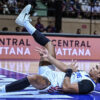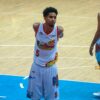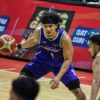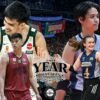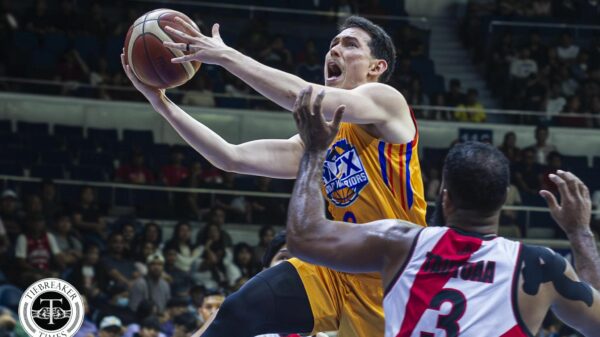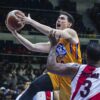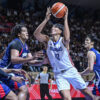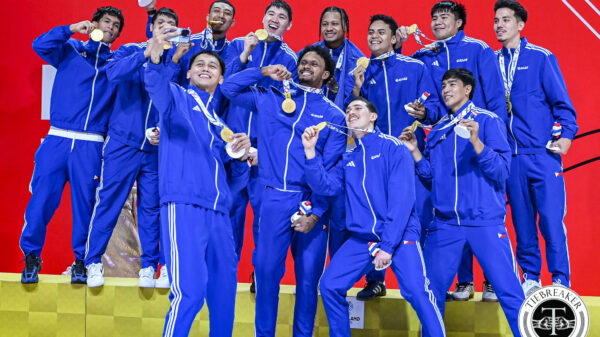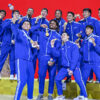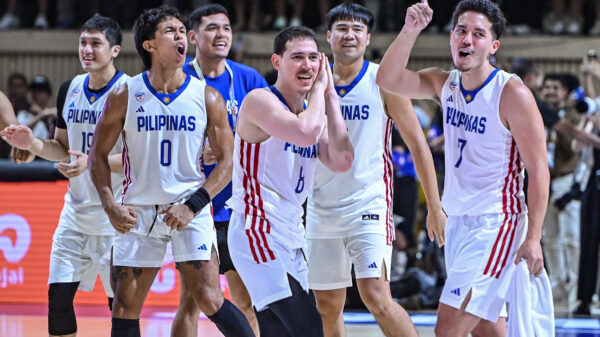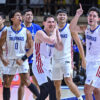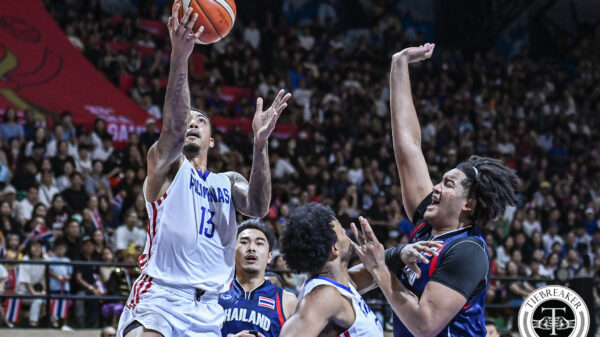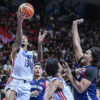Rajko Toroman is glad to see that the relationship between the PBA and the Samahang Basketbol ng Pilipinas has improved since the time he steered the ship for the pioneering Gilas Pilipinas program.
On Thursday in Tiebreaker Vodcasts’ Coaches Unfiltered presented by SMART, the Serbian mentor admitted that it was different from his time as the national team’s head coach. He then cited Gilas’ run in the 2011 FIBA Asia Championship as an example.
The Philippine team for that tilt was composed of the top amateur players led by Chris Tiu, Mark Barroca, and JVee Casio; and had PBA players Jimmy Alapag, Asi Taulava, Kelly Williams, and Ranidel De Ocampo as reinforcements.
For Toroman, the addition of the pros in the squad affected the team’s chances. They had joined the younger flagbearers just seven days prior to the tournament, which wasn’t enough time to get them into the team’s scheme of things.
Still, Gilas put up a solid showing in the meet held in Wuhan, only to fall in the semifinals at the hands of Jordan. They then lost to long-time tormentors South Korea, eventually finishing fourth, kissing its 2012 London Olympics hopes goodbye.
“In the FIBA Asia, we were fourth, but still I think that we can get a medal that time,” said Toroman in the podcast hosted by his former assistant coach Charles Tiu and coaches Paolo Layug and Anton Altamirano.
“The situation was really different because we were working at that time, and we needed some PBA players at that time like Jimmy Alapag, Ranidel, and Kelly Williams. But the problem was they joined us seven days before the competition. And that was one of the reasons why we didn’t have full success in that tournament,” added Toroman, who coached Iran in the 2008 Beijing Olympics before taking the Gilas job.
“We didn’t have time to make the adjustments and jell these guys to the team.”
Toroman was eventually replaced by Chot Reyes as Gilas’ chief tactician, but he stayed in the country for a while as he did gigs in the PBA. And that allowed him to see how the connection of Asia’s pioneering pro league and the SBP improved.
Pros made up the national team under Reyes, and that led to great results. In 2013, Gilas copped silver in the FIBA Asia Championship in Manila to punch a ticket to the 2014 FIBA World Cup — the country’s first appearance in the global cagefest in 36 years.
Since then, the national team has utilized PBA players in the tournaments, including the 2019 FIBA World Cup Asian Qualifiers that began late in 2017, all the way to the World Cup proper.
There was one part of the Qualifiers, though, where things turned rough for Gilas following its ugly brawl versus Australia. It led to a major overhaul in the program, but the PBA showed its support by lending all its players for the national cause.
“The connection between the PBA and SBP has become much better than in my time,” said Toroman, who took the Gilas head coaching job after leading the Iran men’s national team in the 2008 Beijing Olympics.
The Gilas program underwent a revamp once more after last year’s World Cup, with its sights set on the 2023 FIBA World Cup. The Philippines will co-host the event with Japan and Indonesia, whose national team program is currently handled by Toroman.
The talent pool has a so-called “hybrid” composition, with a mix of the top amateur players today such as Thirdy Ravena and the young-yet-seasoned PBA hoopers like his brother Kiefer, CJ Perez, Roger Pogoy, to name a few.
And Toroman himself had seen firsthand how the current crop of Gilas performs on the court, when Indonesia and the Philippines crossed paths in the first window of the FIBA Asia Cup 2021 Qualifiers last February.
Gilas, which was then mentored by TNT KaTropa active consultant Mark Dickel, ran roughshod over the Indonesians, 100-70. The versatile Thirdy led the charge with 23 points on 50-percent shooting along with eight rebounds.
Toroman was impressed with what he witnessed from the Filipino squad. And speaking for the Gilas program as a whole, the 65-year-old believes that it is taking the step towards the right direction.
“When I saw the players in Jakarta, Thirdy Ravena, Kiefer Ravena, [CJ] Perez, they are very athletic which modern basketball is asking for,” said.
“The situation is now a little bit different because they can mix the best collegiate players and the best PBA players.”

